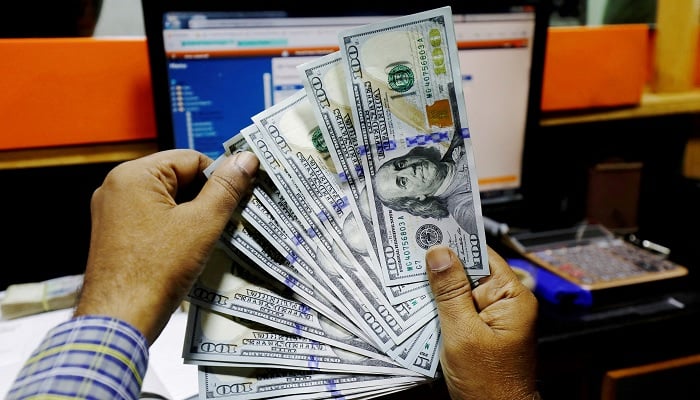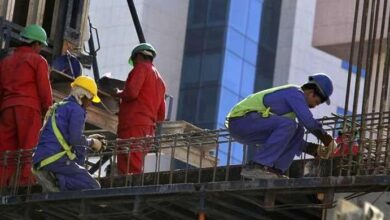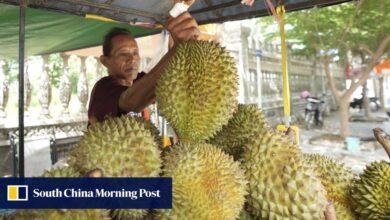Remittances jump 54% to hit record $3.24 billion in May


- Remittances recorded an inflow of $27.093 billion in 11 months
- Saudi Arabia led the inflows, remitting $819.3 million in May.
- Analysts attribute this surge to Eid inflows, stable currency.
Remittances sent home by overseas Pakistanis reached a record high of $3.243 billion in May 2024, marking a 54.2% year-on-year increase from the $2.103 billion received in May 2023, data released by the State Bank of Pakistan (SBP) showed on Friday, mainly on Eid inflows and a firm rupee.
The inflows also rose 15.3% to $2.813 billion month-on-month in April 2024. Remittances recorded an inflow of $27.093 billion in 11 months of FY24, up 7.7% from $25.146 billion in the same period of the last fiscal year.
Mohammed Sohail, CEO of Topline Securities, attributed this surge to Eid inflows and currency stability.
“We believe year-on-year growth in remittances will remain stronger in coming months in anticipation of currency stability, and led by expectations of the new International Monetary Fund (IMF) programme,” he added.
Saudi Arabia led the inflows, remitting $819.3 million in May 2024, a 15% month-on-month increase and a 56.4% year-on-year surge.
Inflows from the United Arab Emirates (UAE) rose from $542.5 million in April to $668.5 million in May, a monthly increase. Year-on-year, remittances from the UAE almost doubled, jumping 99.1% from $335.8 million in May 2023.
Remittances from the United Kingdom (UK) totalled $473.2 million in May, marking a 54.4% increase from $306.4 million in the same month the previous year.
From the European Union (EU), remittances surged 36.4% YoY to $340 million in May 2024, with a 14.1% increase every month.
In the United States, overseas Pakistanis sent $359.5 million in May 2024, reflecting a 39.7% YoY increase and a 9% rise compared to the previous month.
Home remittances are crucial in shoring up Pakistan’s external account, stimulating economic activity, and increasing the disposable incomes of households reliant on these funds.
Source link



